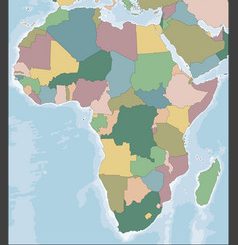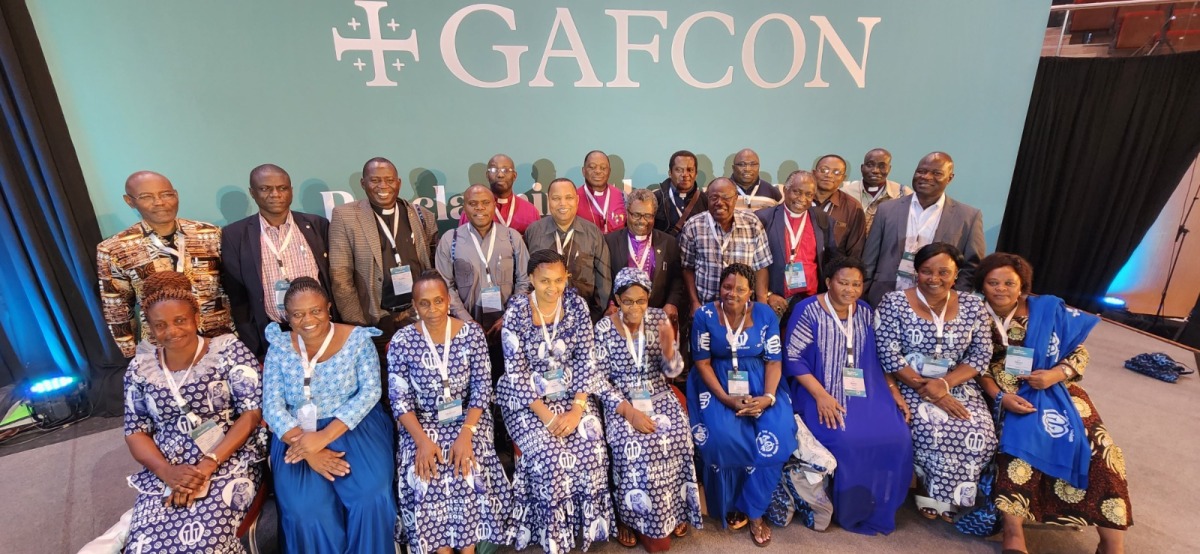This trip started out as a hope that enough people attending a conference in Kigali would be sufficiently motivated to add on a week to visit the real Africa. In the end 18 intrepid travellers signed up. While it was a tough week travel wise with late arrivals in Nairobi after a week of conferencing and an early morning start from Nairobi on that first morning, most people seemed to have survived (is that the right word) a busy schedule.
So the last morning needed some discipline to have everyone on the bus ready to leave by 7am. And the tour group was ready, the driver was on but where was the bus owner? He had been a bit too leisurely as I hunted him down and eventually we were on the road by 7.07am. Some needed a “short stop” as the Tanzanians called it so about an hour from Mwanza we stopped at a petrol station I had stopped at a a bus trip which had facilities.

Eventually the outskirts of Mwanza, Tanzania’s second biggest city emerged in heavy traffic and street side markets as we made our way to Mwanza International Airport to drop off Kim, Jim and Lim as they identified themselves from university days for their flight to Bukoba. Lucy Lim is Executive Director of Anglican Relief and Development Australia and cut her teeth at Anglican Aid for five years prior to being appointed as the first full time director of this fledgling Anglican development agency, which I had worked with since 2013. The two agencies complement each other and are not in competition serving different Anglican communities in Australia. The Roberts family were also dropped for their flight as they extended their stay on the island of Zanzibar. Final group photos and farewells.

Our final official visit was to Nyakato Bible School which we had heard about the previous evening from Helen Hoskins who had taught there forty years previously. As we made our way to the city outskirts it was not difficult to imagine how isolated Nyakato would have been forty years ago before the advent of sealed roads, motor vehicles, electricity and other infrastructure. Now a bustling city, Nyakato could be described as being a village back then. However here was this reasonably well preserved relic surrounded by suburbia and traffic with a welcome party to greet us singing of course. The access road could not be navigated by the bus which stayed on the road as we walked up the track to the college chapel and grounds. Speaking to Helen Hoskins two weeks later she commented on how well preserved building constructed in the 1980s were, an observation not missed by me.





Again warm hospitality, choirs, an introduction about Victoria Nyanza Diocese and lunch. We each were presented with a college T-shirt and were able to provide gifts to senior staff of the diocese. Craig Roberts and Dominic Steele spent time over lunch explaining how QR Codes work as Anglican Youthworks donated free resources able to be downloaded on WhatsApp. As the college has n internet this will be a challenge.
Three others due to fly out that evening came back to the hotel with us to wait while others booked in and relaxed by the pool. Jodie McNeill had been chasing an African drum and Misoji at the diocese rang to let me know she had found a drum maker in Mwanza. She was asked to send him down and we would reimburse his boda boda fare even if the drum was not purchased. Thirty minutes later the African version of Uber Drums rolls up with a pair of drums of different sizes. Sold. Both of them. Another person enquired and he said he could get more. This time he came prepared wit a larger number but sadly only one further sale made. Getting through cistoms was no problem (this is writtentwo weeks after the entourage returned). Declared and waved through. Mandy as a music teacher was most excited and the sales guy hand makes these himself.


Dinner that night was a casual affair. The Malaika Hotel sits over Lake Victoria with spectacualr views. Bishop Ntuza and Bishop Johnson Chinyong’ole from Shinyanga (three hours distance) joined us as Archbishop Kanishka Raffel was also staying the night.



For the Other Cheek’s Take on the final day and a summary of the trip read Taking leave of Africa but will Africa really leave me?
2024 beckons as I ponder doing it all again. An evaluation survey will inform the positives and negatives and where improvements can be made. It was great organising this and great to see the excitement of locals who valued people coming to visit and learn. For some locals old friendships of twenty plus years were renewed as Doroth and Fional serendipitously met people they had known from Dodoma when they lived there as missionaries.
People ask me would I climb Kilimanjaro a second time and the answer is a definite no. Would I do this again. Definitely.


























































































































































